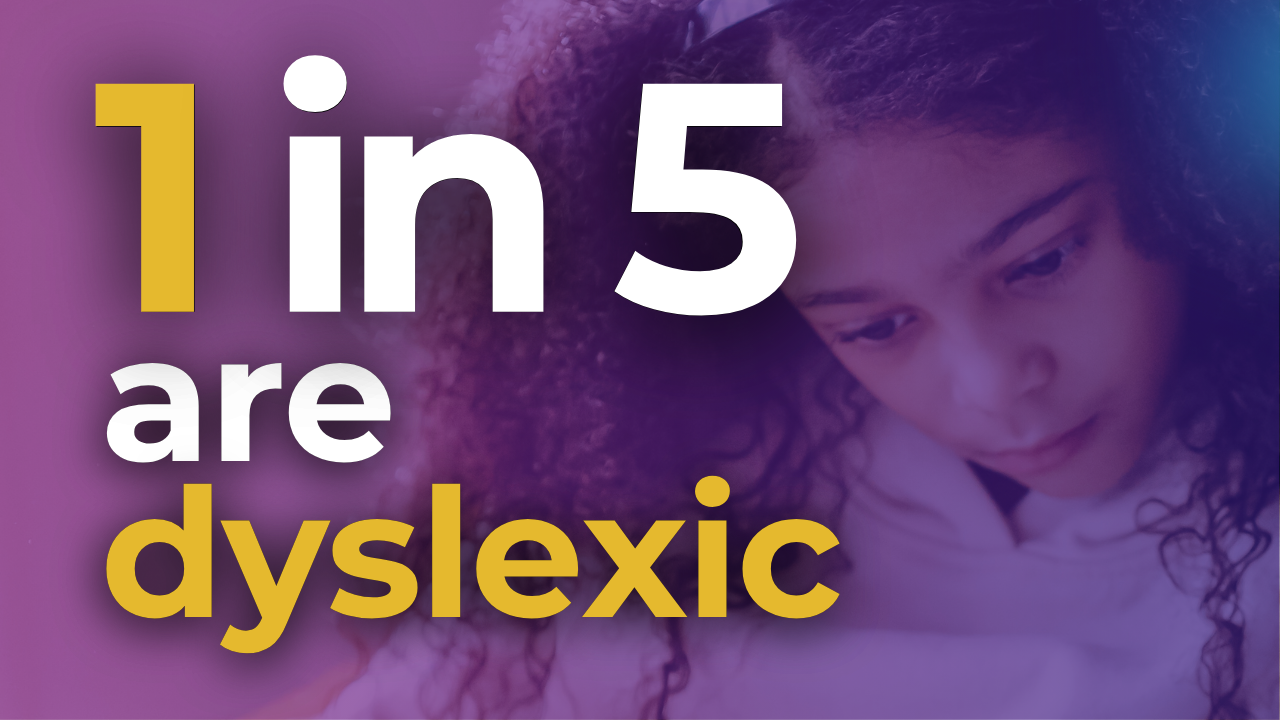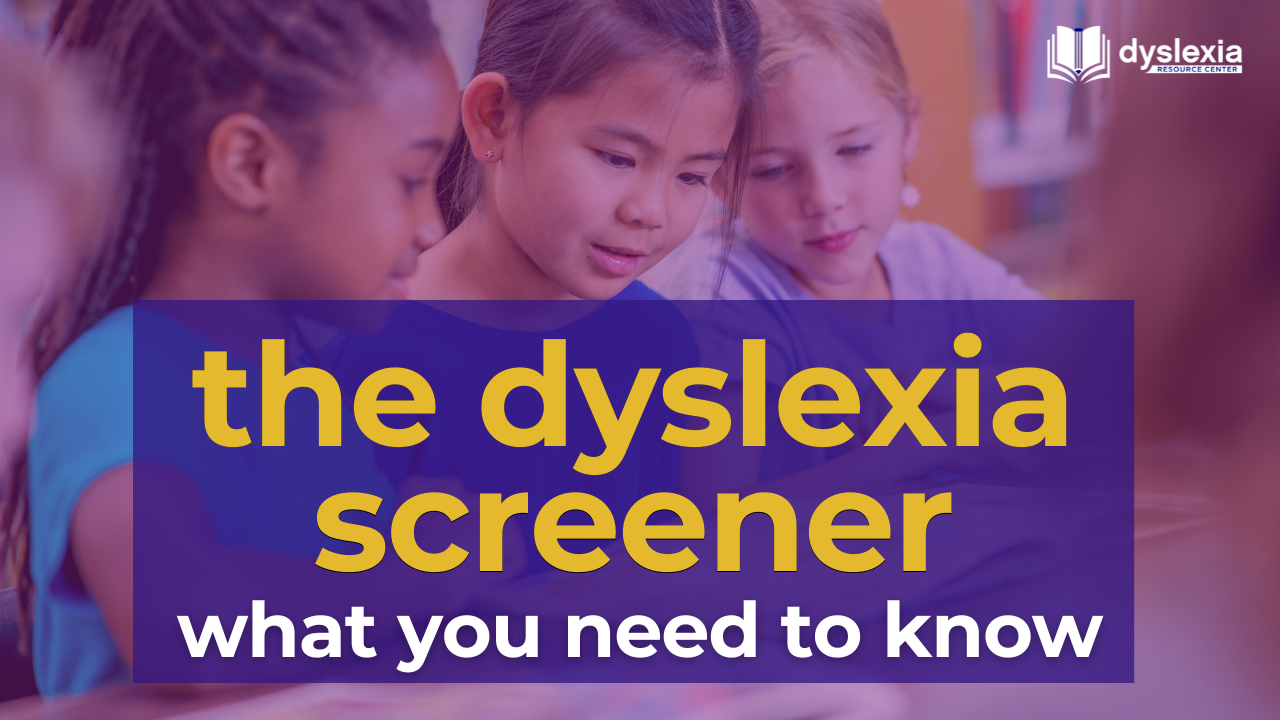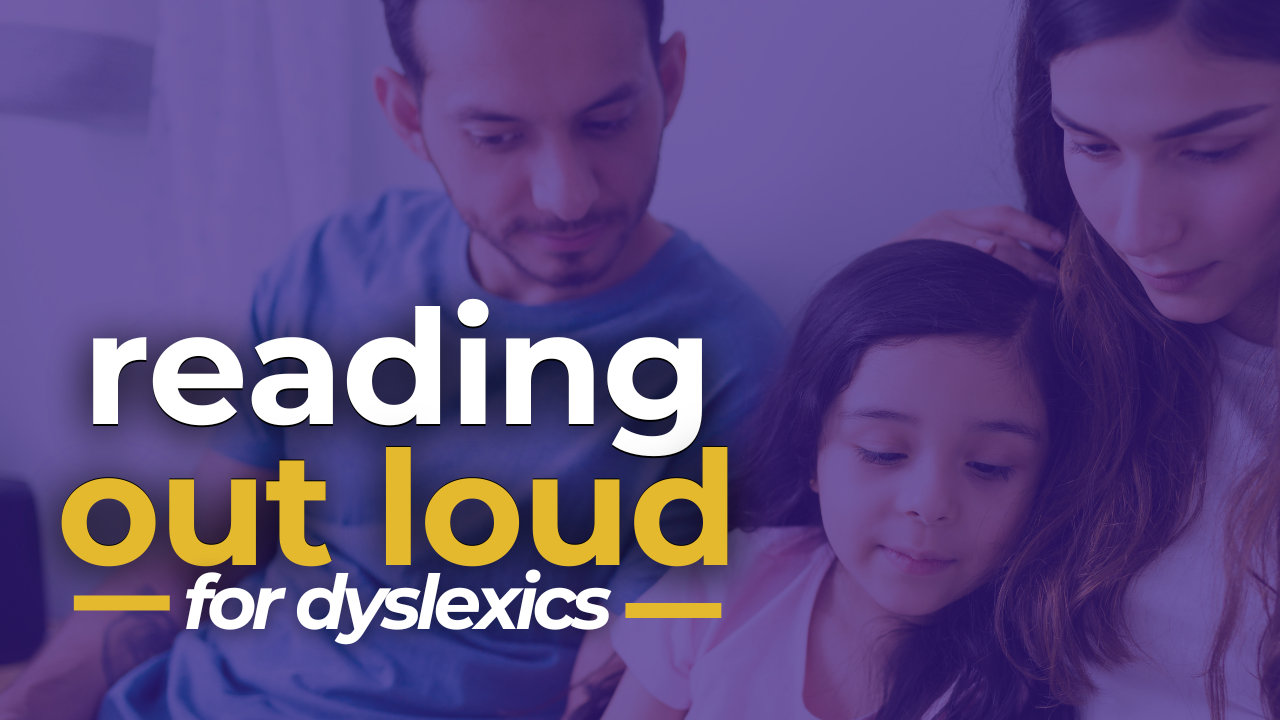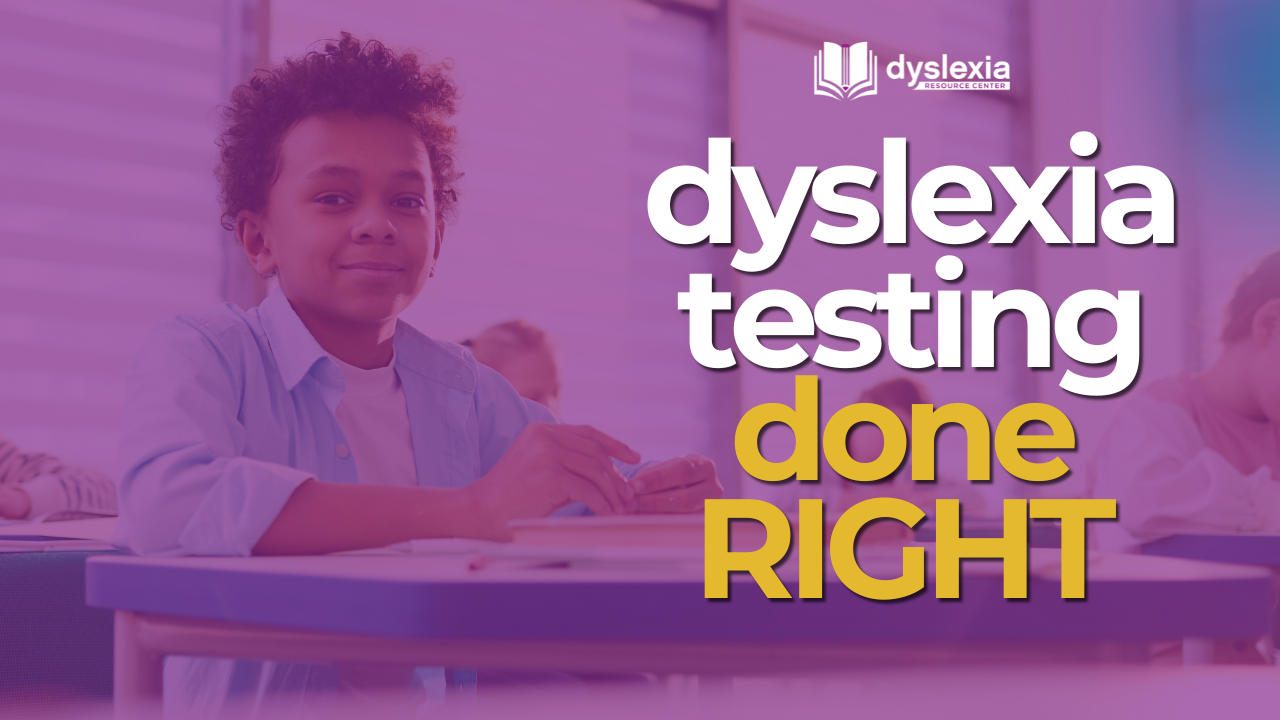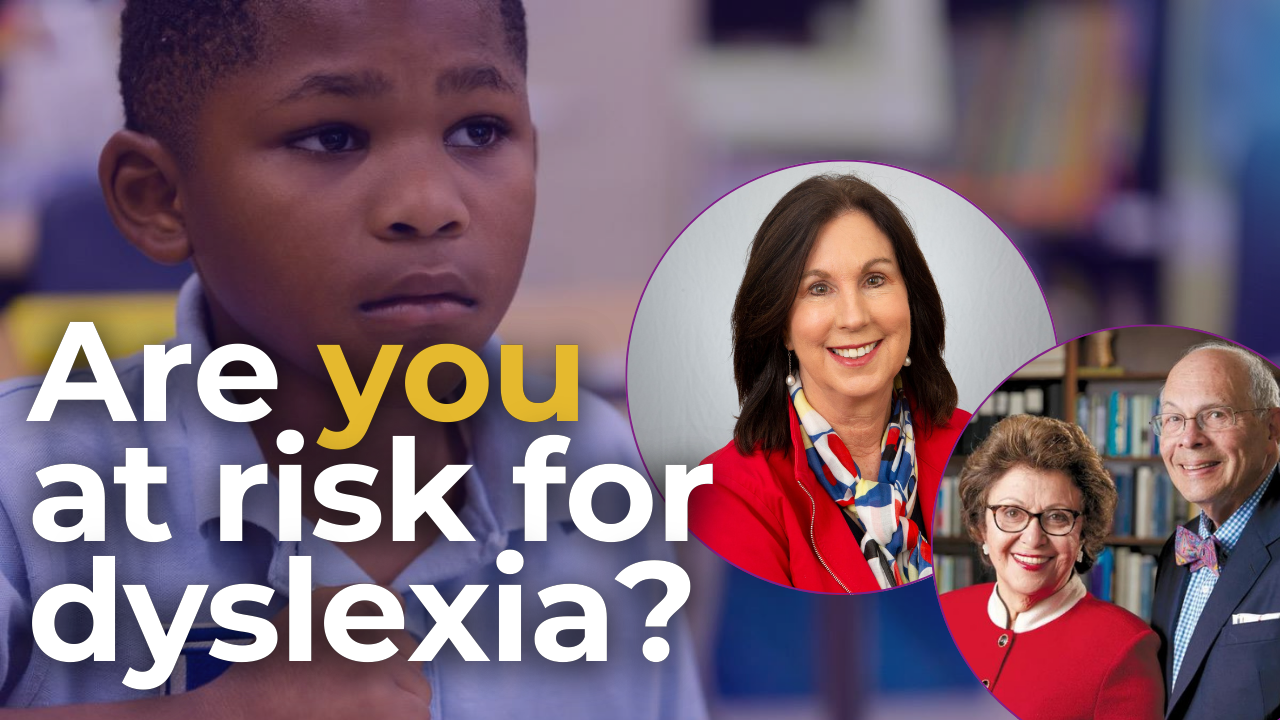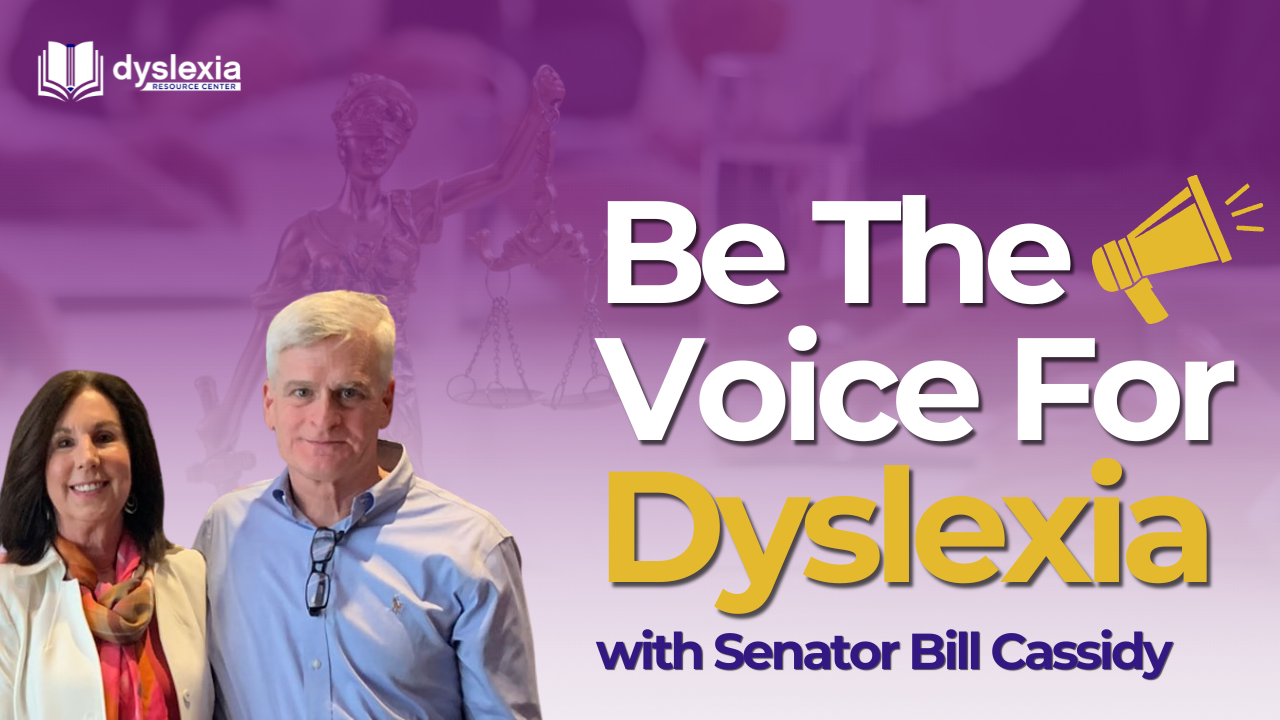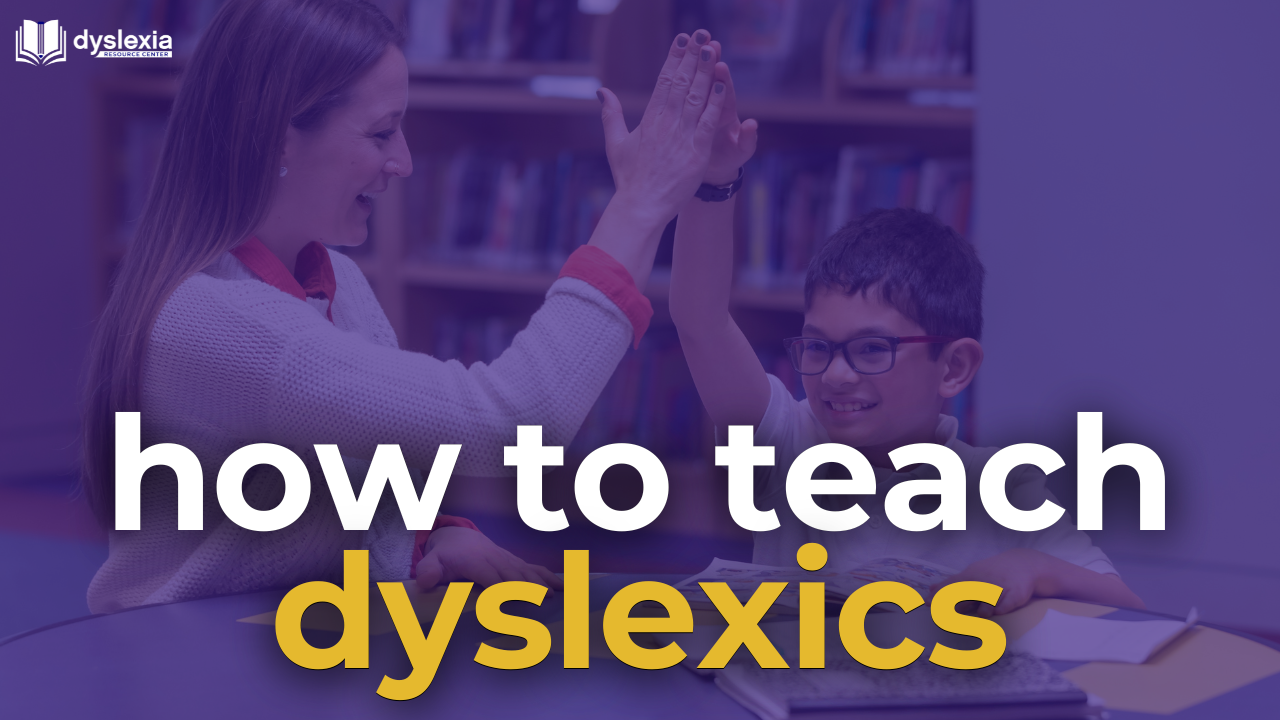Episode 14: Dyslexia Screening v.s. Dyslexia Testing
Introduction
In this episode of the Dyslexia Resource Center podcast, Dr. Laura Cassidy discusses the crucial differences between dyslexia screening and testing. While these two terms are often used interchangeably, they serve distinct purposes in identifying and supporting individuals with dyslexia. Join us as we explore why these processes are vital for early identification and how they can positively impact a student’s educational journey.
What is Dyslexia Screening?
Dr. Cassidy explains that dyslexia screening is a preliminary process designed to identify students who are at risk for dyslexia. The focus of screening is to provide an early indication that a child is at risk for dyslexia and will need detailed testing to confirm a diagnosis.
“Screening for dyslexia is grounded in medical protocols,” Dr. Cassidy notes.
“It’s often the first step in understanding a child’s learning needs and determining whether more comprehensive testing is required.”
Key Points:
• Screening is typically done at an early age, ideally at the end of kindergarten.
• It helps identify students who need additional testing.
• Screeners should have teachers evaluate and assess age appropriate academic and language skills.
Why is Testing Important?
Testing, on the other hand, is a more in-depth assessment that provides a formal diagnosis of dyslexia. Dr. Cassidy stresses that testing involves a battery of assessments and provides a clear understanding of a child’s specific learning challenges.
“Testing allows us to dive deeper and understand the exact nature of a child’s reading difficulties,” Dr. Cassidy explains. “It also helps guide the appropriate intervention.”
Key Points:
• Testing is conducted by professionals and can be done at various ages, though early testing is encouraged.
• It often includes assessments of reading fluency, decoding, phonetic awareness, and cognitive skills.
When Should a Child be Screened or Tested?
Dr. Cassidy discusses the ideal age range for screening and testing. Early intervention is key, and children as young as 5-6 years old can benefit from dyslexia screening, with more formal testing at 6.
“It’s important to screen children early,” says Dr. Cassidy. “This helps us get them the support they need before they fall further behind in school.”
Effective Screeners and Tests
The podcast goes on to mention some of the commonly used tools for screening and testing dyslexia, such as the Shaywitz DyslexiaScreen™, which is particularly effective in identifying at-risk students. Dr. Cassidy also describes what parents and educators can expect from this screener.
Dyslexia Resource Center’s Services
At the Dyslexia Resource Center, we offer comprehensive screening and testing services tailored to meet the needs of children with dyslexia. We use scientifically backed methods to ensure accurate results and provide support through therapy and tutoring services.
“We’re committed to helping dyslexic children thrive in their educational environment,” Dr. Cassidy concludes.
Conclusion
Understanding the distinction between screening and testing is crucial for parents, educators, and professionals working with dyslexic students. Early identification leads to timely intervention, which can make all the difference in a child’s academic success. If you’re concerned about your child’s reading abilities, consider reaching out for a screening today.
